What is our primary use case?
We have customers who come in for DR as a service, but we also do inter-cloud DR.
How has it helped my organization?
It has brought customers into our cloud, since this was a barrier to get in. We have used the migration model a lot to bring customers in. We just brought in a customer from Microsoft Hyper-V into our VMware file. That would have been a difficult challenge if we did not have Zerto as a tool.
Zerto has helped to reduce downtime with several customers. For example, we had a customer who had many of their VMs encrypted. They had about 40 to 60 terabytes worth of data. To recover that from backup would have taken days. We were able to bring them up at the DR site, getting them up and running, within hours. This would have cost the customer millions if they had been down. As a title company, if they would have been down, that would have disrupted a whole title industry, where people are trying to buy houses. If you can't get the title for the house, then you can't move forward. Other people wouldn't have been able to sell their house. There would have been a ripple effect. So, that was huge.
It has definitely helped our customers reduce their DR testing. We can do failover tests live in the middle of the day and generate a report, and they are comfortable with it.
What is most valuable?
Journaling is by far the most valuable feature. We have used it several times for customers who have gotten ransomware and had to do a rollback. Having the right time period was important. Some of them had their backups encrypted. So, they didn't encrypt the Zerto machine seven days previously, and we were able to bring that back up.
For how long have I used the solution?
I have been using Zerto for about seven years.
What do I think about the stability of the solution?
What do I think about the scalability of the solution?
It is very scalable. All the workloads go on hosts. So, in order to grow, you will need to have more hosts anyway.
How are customer service and support?
From the relationship standpoint, we have never had a local rep in South Bend, Indiana. It has always been somebody in Boston, and there is not a lot of communication. That is one of the big things. We would like help driving the business and talking to our sales people as well as more involvement from them. We could really utilize it more, drawing more customers in, but we need help with that.
I would rate the technical support as seven out of 10. Where it becomes difficult is if Tier 1 can't help you, then it takes a long time to get to Tier 2 or the development side, if something is beyond their capabilities.
How would you rate customer service and support?
Which solution did I use previously and why did I switch?
We use VMware High Availability, which is one of the options in our cloud. It is a less expensive option. So, we have customers who want that. Also, we have tried Veeam Backup & Replication, which is not cloud-native, so we don't use that. However, a company, whom we acquired, was using it. So, we tried it out.
Zerto is a lot easier to use. It has a lot more features, as far as orchestration, than VMware High Availability. The reallocation of IPs and the networking part of it are not that great in VMware High Availability. Plus, the retention that you get with Zerto is better than High Availability. Veeam didn't get into that much, and there is no orchestration into the cloud.
How was the initial setup?
The initial setup is very straightforward. The wizard that you run through is just very straightforward. If it is a DR-as-a-service customer on my end, then I am just deploying it as sort of a cloud connect, which is very easy.
What about the implementation team?
I deploy it for all our customers.
What was our ROI?
We have absolutely seen ROI. Over time, we make money off of the CPU, RAM, and storage of Zerto usage. We benefit that way.
What's my experience with pricing, setup cost, and licensing?
In a world where others are catching up, e.g., VMware High Availability, there needs to be a less expensive option as well. When a customer has approximately 100 VMs, if you multiply by 40, we aren't charging a very high margin on it at all since the license is so expensive. We feel their pain. That is the most expensive part of it. The storage, CPU, and RAM are a lot less. It is the licensing that is really expensive. Whereas, with an option like VMware High Availability, it is a couple dollars per month. That is our spend that we are charged by VMware, then our margin is higher on those VMs. Giving us some ability to have higher margins, as an MSP, would be a good thing.
What other advice do I have?
I would rate Zerto as nine out of 10.
Disclosure: My company has a business relationship with this vendor other than being a customer: MSP

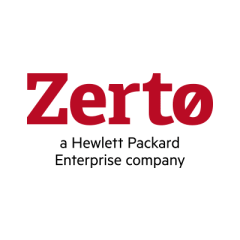







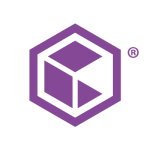


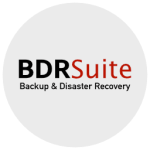

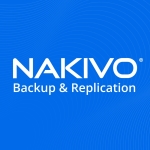
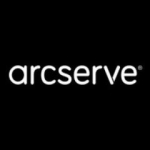

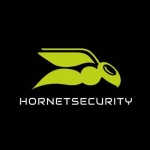






An additional comment that Zerto has a Long Term Recovery option built in so you could eliminate Veeam. Basically we set up a storage array, assigned it a protected share, and created a Zerto repository on it. Now our back ups both short term and long term are covered. Zerto also has the ability to restore individual files. A nice software solution for whatever hardware you want to use.